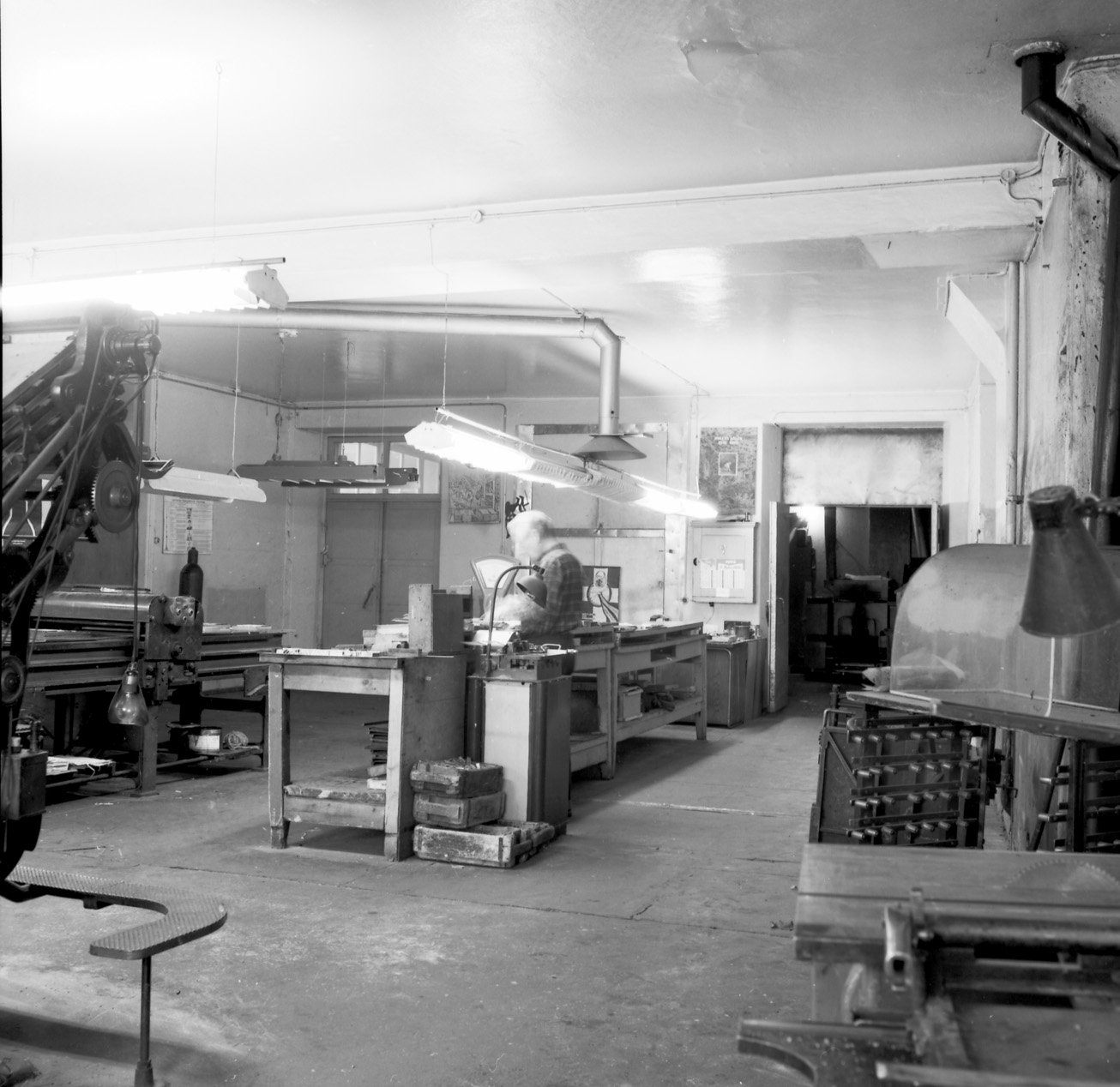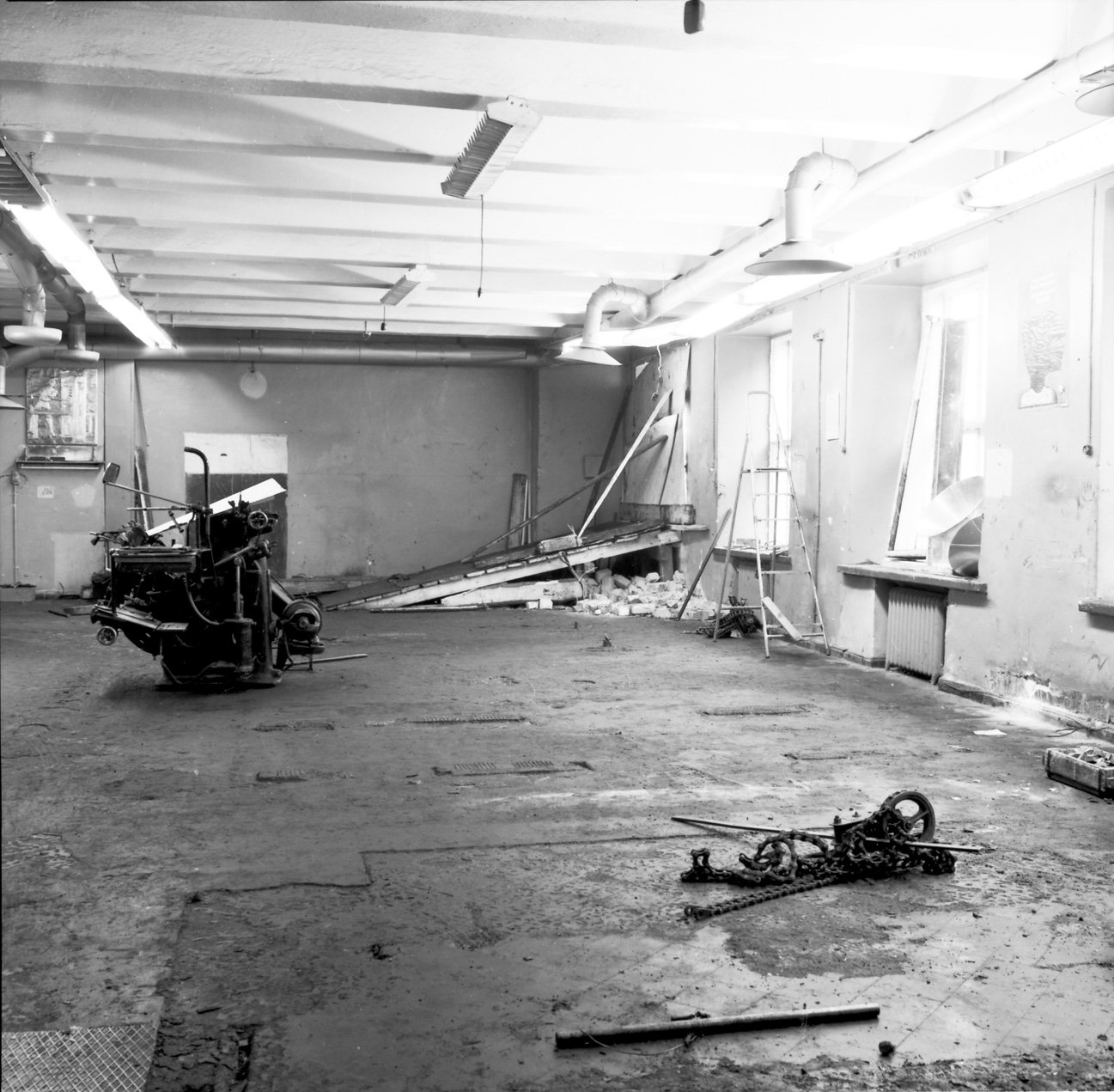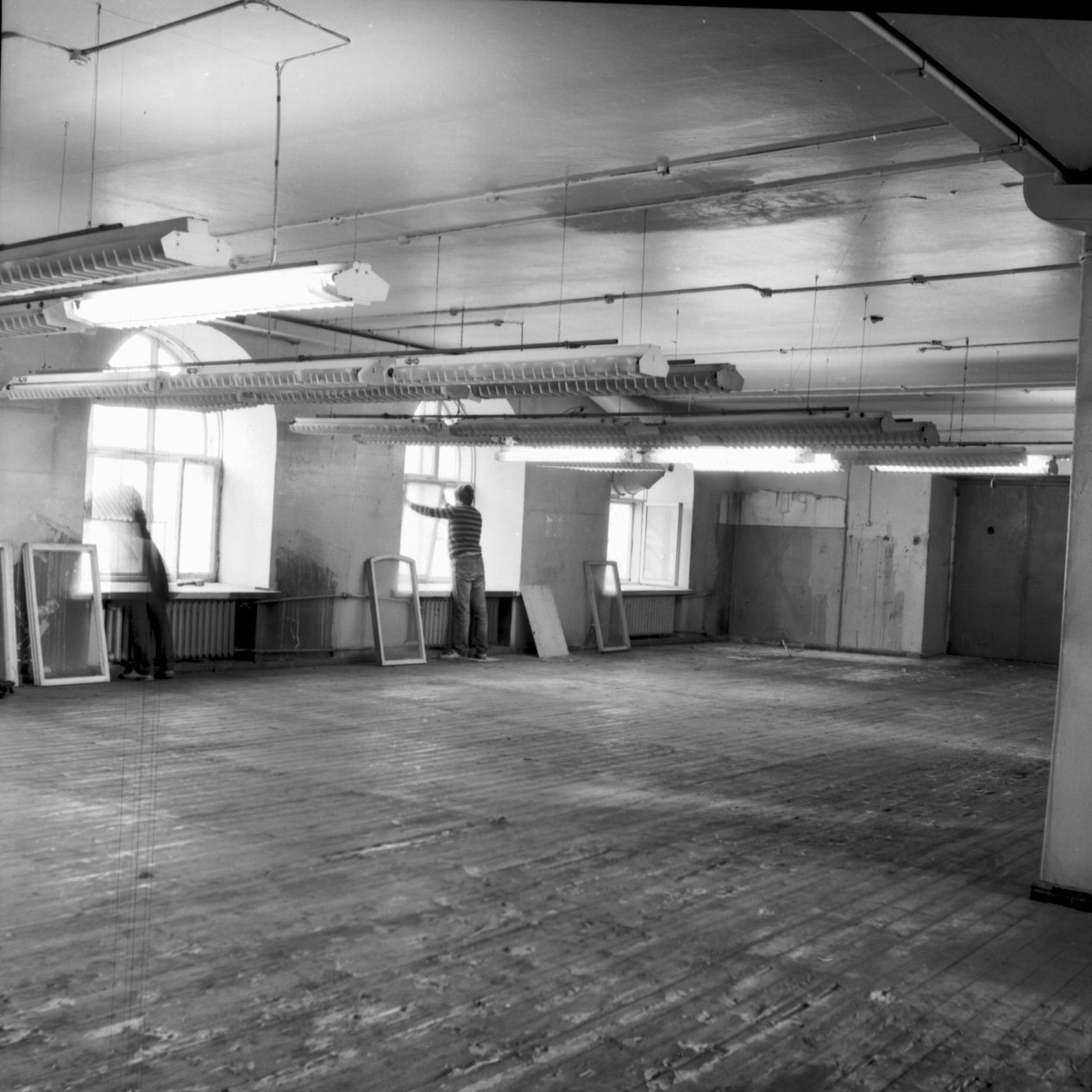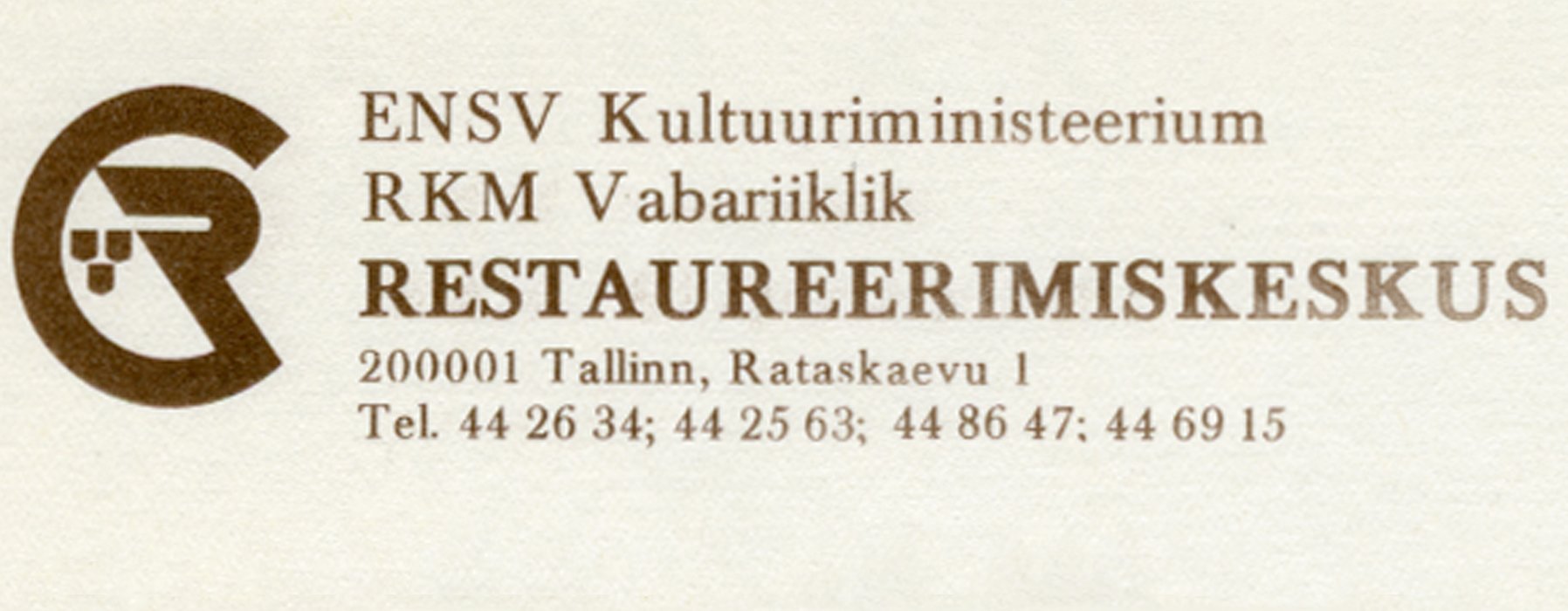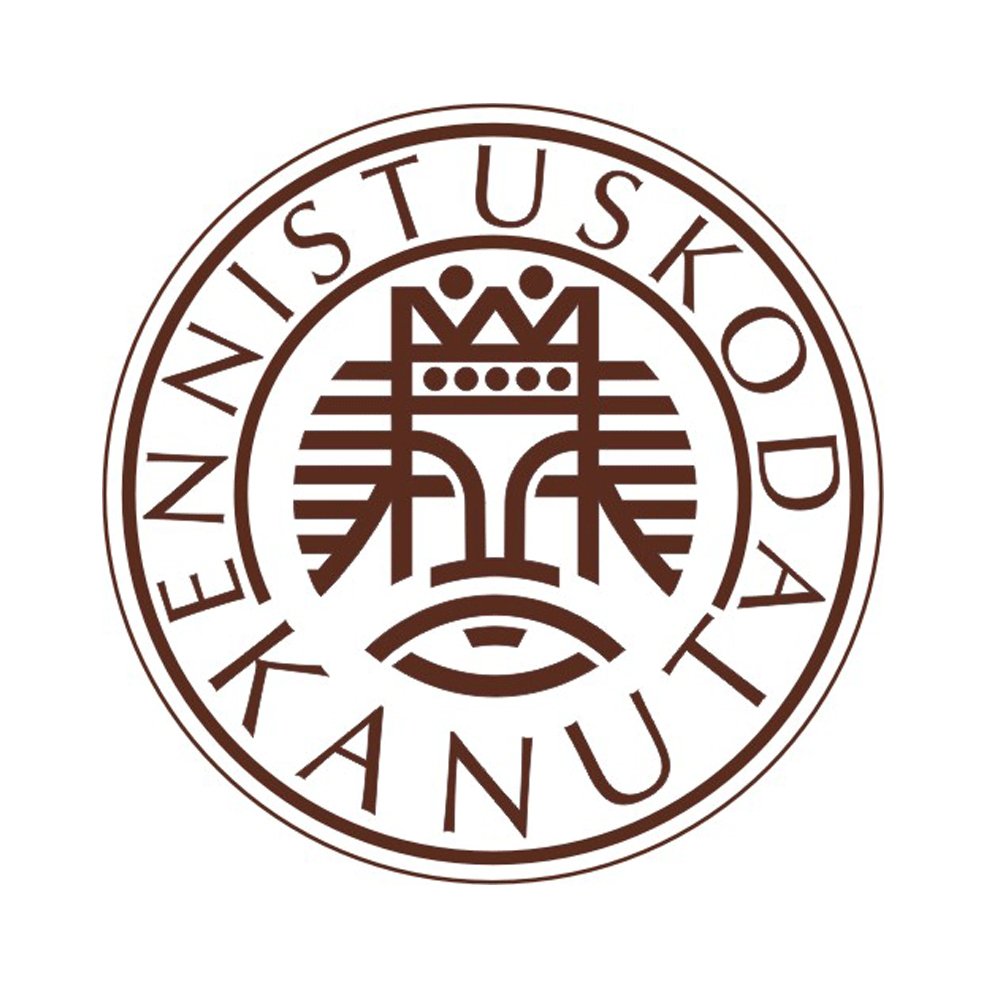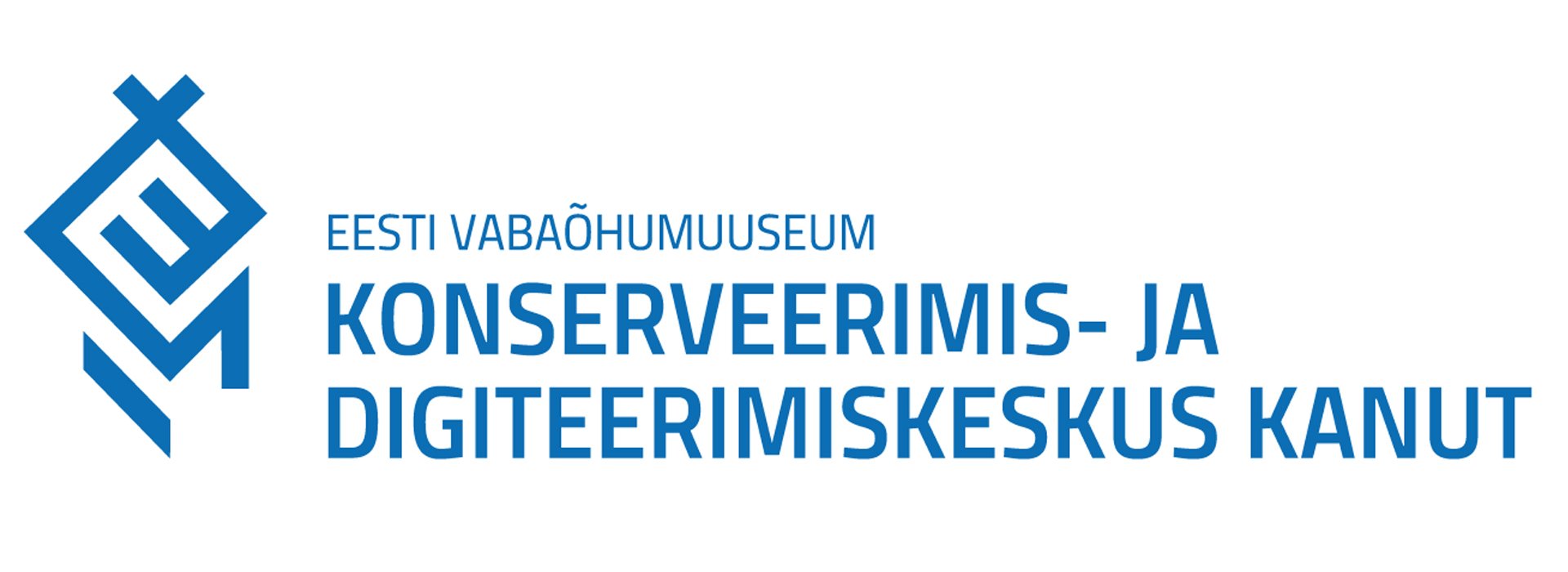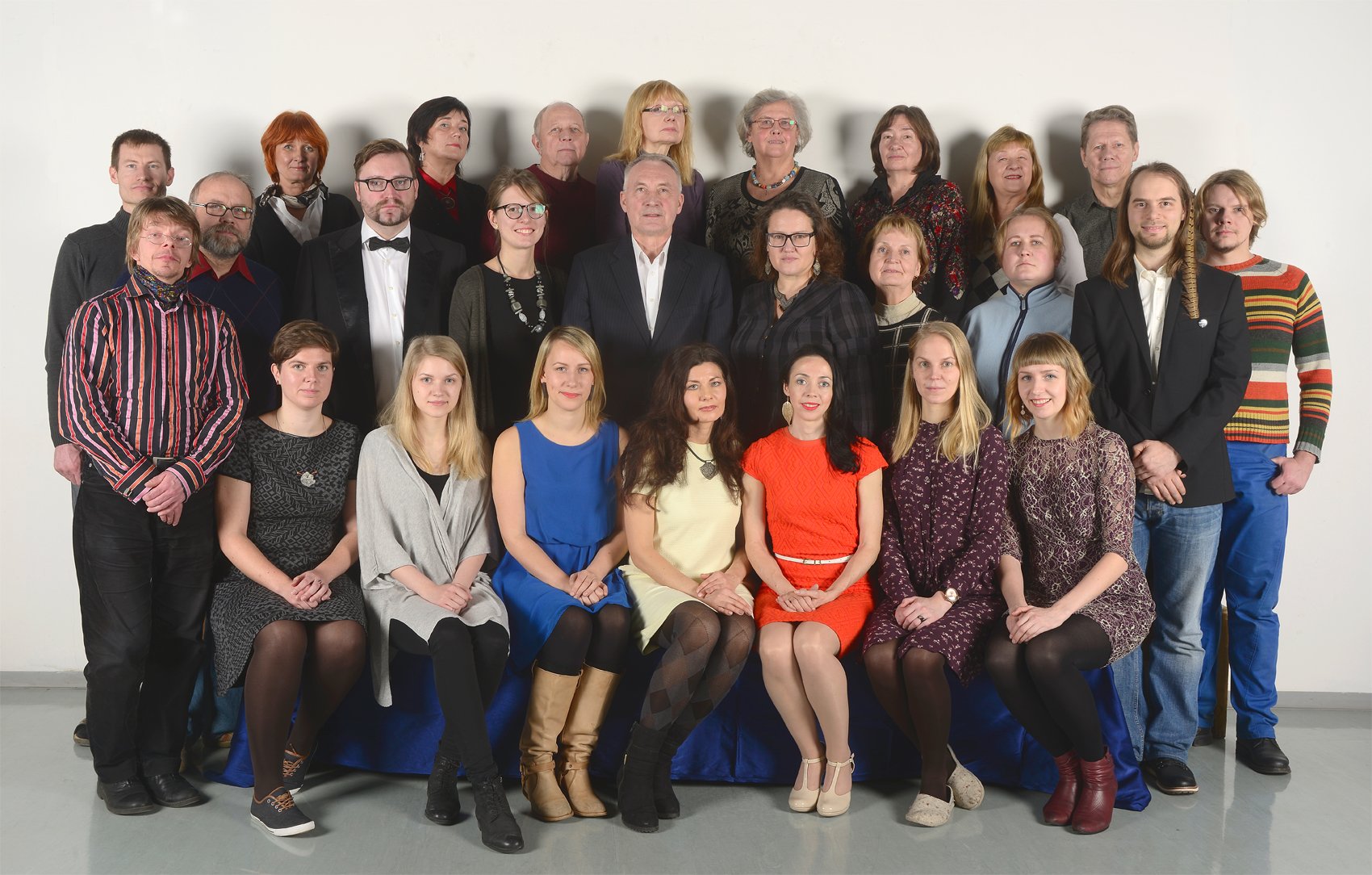1 DECEMBER 2016 – KANUT 30 – DEVELOPMENT OF THE NATIONAL CONSERVATION CENTRE
Autor:
Kalev Uustalu
Year:
Anno 2017/2018
Category:
Preservation
Together with the development of the society, increasing material opportunities and the growth of the public’s general awareness the conservation and restoration of cultural heritage has grown in Estonia. Systematic and purposefully co-ordinated conservation was launched in Estonia in the 1960s. In 1966 a unit of hygiene and restoration was established at the Tartu University Library’s repository and already by 1970 it had evolved into an independent department. Another unit, a place for restoring paper and bindings was established at the ESSR Tallinn Fr. R. Kreutzwald National Library in 1967. The same year witnessed the foundation of a sub-unit of construction restorers at the Estonian Scientific-Technical Association. Its aim was to increase the restorers’ professional know-how and skills. The first to achieve the higher category of a restorer of books and archival documents was Liidia Noodla from the Library of Tartu University in 1970. The restoration department of the Estonian SSR Art Institute was founded in 1975.
From the very beginning of the co-ordinated conservation work it was clear that a centre was needed to bring together restorers and conservators in different fields. The objects waiting for restoration contained or were made of various materials (wood, paper, metal, textile, leather, paints etc.), so it goes without saying that various specialists were necessary, as transporting valuable objects from one to another workshop would have been bothersome and endangered valuable items. In addition to the transport complications it was viable for various practitioners to exchange information, consulting each other. So all this sustained the need to create a centre to meet all these demands.
The idea to found such a centre was already rather close to realisation at the Ministry of Culture in 1976. The mapping and recording carried out in Estonian museums that year ascertained that 7039 wooden-, 2018 metal- 8685 textile- and 348 leather-items badly needed conservation and restoration.
Plans were made. One of them that envisaged founding the conservation centre at the Estonian Open Air Museum to serve all the Estonian museums was made in 1977-1980. It was planned to deal with wooden, metal, textile and leather objects there.
According to the plan of Elve Ilves, the restoration department-head at that time, the workshops were to be housed in the already existing rooms and in an annex to be built. Further on it was planned to build new workshops as a part of the administrative complex, as the initial rooms did not meet the established demands for size and conditions. A workshop was to have good natural and artificial lighting, well-regulated heating-system and ventilation. Sewage system and power transformers had to be in good working order.
Work-stations were planned for 14 to 15 people including two restores for paintings, three for wood, two for metal, two-three for textiles, one for leather, three assisting staff-members and a photographer. The recommended personnel and equipment were not locally decided but appointed by the All-Union Central Scientific Research Laboratory of Conservation and Restoration. The envisaged budget for the equipment and furnishing the workshops was 33 260 roubles.
As there was no art-restoration unit planned in the envisaged centre at the Estonian Open Air Museum, Endel Valk-Falk, the vice-director responsible for restoration at the Estonian SSR Art Museum, was active in the same field simultaneously. Thanks to his efforts the restoration centre was later first established in the art museum.
The needed staff was trained already in the 1970s. It is a time-consuming training that the restorers and conservators have to pass. To get the necessary qualifications at least a two-three-year training period is essential and even after that advice and help from experienced restorers would be needed.
For training the required staff a contest was arranged at Leningrad Art College named after V. A. Serov (today Petersburg Art College named after A. L. Stieglitz). First the would-be students for the college had to take exams in Estonia in the summer of 1977. 12 young people interested in restoration and art went to Leningrad in the autumn. They graduated from the college in 1981 but, unfortunately, for various reasons the centre in Estonia had not yet been established. And that is why half-a-score of the new graduates were distributed between several institutions – museums and libraries with their own restoration units – all over Estonia.
Finally, on 1 December 1986, the Republican Restoration Centre – the forerunner of the present Kanut – was established at the directive of the minister of culture of the Estonian SSR. It was formed on the basis of the restoration units at the Estonian Open Air Museum and Art Museum.
The new centre was given rooms and its own budget that gave it bigger opportunities for work [fig.1]. The premises were in the building of the former printing office Kommunist on the corner of Pikk and Rataskaevu Streets. The house after the printing-works had moved out looked rather desolate and the conditions for work were bad. Repairs and redecoration began at once and in the summer of 1987 it was possible to start using the rooms on the first and third floor [fig.2], [fig. 3], [fig.4]. Wooden and metal objects were conserved on the first floor. Chemistry laboratory and workshops for leather, paper, textile and ceramic objects were on the third floor. Repairs and redecoration took longer on the second floor but by the end of the year everything was done and conservators of paintings and a photographer were also accommodated.
Thus the opportunity to bring together more specialised restorers was open. Initially there were 14 people in the personnel, most of them from the Open Air and Art Museums, whereas all of them had had a choice whether to stay at the old or come to the new premises. So, for example, all the art museum paper conservators decided to stay where they were after they had seen the desolate rooms the printing office had forsaken. Two painting conservators came to the new place. Only Helmut Välja and Merike Neidorp came over from the Open Air Museum. Paper- and binding conservators came from the Estonian national Library. Mati Raal and Jaanus Heinla started at the furniture department but the later soon became the photographer of the centre [fig.5]. Jaanus Heinla, Marika Mängel, Heige Peets, Vilja Sillamaa and Helmut Välja have been working at the centre from the very beginning.
The aim of Endel Valk-Falk, the founder and first manager of the restoration centre, was to create an independent institution that would attend to all the Estonian museums’ needs but would not be subjected to any of them directly. Thus the restoration centre became a legal entity and a body corporate named Conservation Centre Kanut according to the directive of the ESSR State Committee of Culture (today the Ministry of Culture) on 26 December 1989. According to this directive the foundation date of the Kanut is 1 January 1990 [fig. 6].
The Ministry of Finance appointed 32 people for the staff but according to the directive of the Estonian Art Museum’s director 38 people were transferred. 44 people were entered into the personnel list on 2 January, as a book keeper, cleaner, janitor, guard et al were included. As two people included were on their maternity leave at the time, 42 people were on the pay-sheet when the work began. Lab workers and researchers completed the staff. The initiator of the idea and creator of the institution Endel Valk-Falk became the first director.
For director Valk-Falk it was essential to provide good working conditions and well-equipped workshops for the people. At the same time he took care of his employees’ living conditions and appealed to the Tallinn Municipality to allocate a construction site for a terraced house with flats for 14 families in Mähe area. If the idea had been realised, more specialist from outside Tallinn could have joined the centre and help the Kanut to become the forge of the new national school of conservators and restorers in Estonia.
Branches of the centre for photo conservation and sculpture workshop were envisaged in Tartu and Hiiumaa. The Hiiumaa subsidiary workshop was accommodated in the old building of Reigi School in 1989. The first summer school of textile conservators took place there in June 1990 and it should be mentioned that specialists from Sweden and Lithuania participated. The situation in Estonia was complicated at that time – shortages of foodstuffs and petrol were common. Today it may seem strange indeed that catering could be a big problem then. In order to feed the participants a special application to the Tallinn 1st Provisions Marketing Office was presented to get eight kilograms of frankfurters. International summer-schools in Hiiumaa became a tradition – in 1991 paper- and binding conservators from Lithuania, Denmark and Hungary were there and next years witnessed metal and painting conservators as participants. By the present, though, the Hiiumaa branch workshop has finished its activities.
One of the aims of the restoration centre was to establish a versatile research department. In the beginning art historians, a chemist, a biologist and a physicist worked in the department and it was planned to establish a chemistry-, physics- and biology-research laboratory. The idea was not realised, though and, unfortunately, the research personnel began to leave. It had been difficult to get proper equipment and so it was finally decided that it was not cost-effective to establish and keep up a laboratory that needed specific apparatuses. Today collaboration with different universities and institutes that have modern equipment and experienced specialists is practised. Skilled practitioners of the Kanut, however, share their know-how with colleagues, give advice to museums and train students.
Since 1988 the journal Renovatum has been published for sharing experience and know-how. The journal contains reports and papers of past conservation and restoration seminars, surveys of completed restoration work and recommendations for the future. 14 issues have been published. An interactive web-platform was created in 2015 but electronic versions of the papers have been available since 2012. Digitisation that was launched at the Kanut in 2005 has certainly assisted the development of innovative solutions.
The Estonian Open Air Museum and the Conservation centre Kanut were merged into one foundation and since then Kanut’s official name has been SA EVM Conservation and Digitisation Centre Kanut [fig.7]. Formally, the merge could be considered the realisation of the plans made 40 years ago at the Open Air Museum but actually it is a mere coincidence. The Kanut has become much more with its 26-strong staff and modern material base today than it was envisaged in 1976 [fig.8].
The Kanut is still on its initial premises in the building it moved into in 1987. It is a viable and well-operating link in the chain of Estonian memory institutions. Hopefully, the day will come when the modern workrooms on the territory of the Estonian Open Air Museum in Rocca al Mare that were envisaged already ten years ago will have been completed.
The article was first published in the journal Muuseum (Museum) no 1 (39), 2016, pp 43-46.


